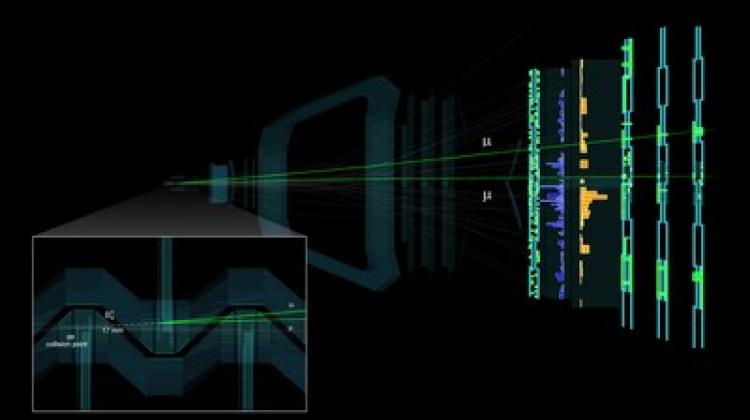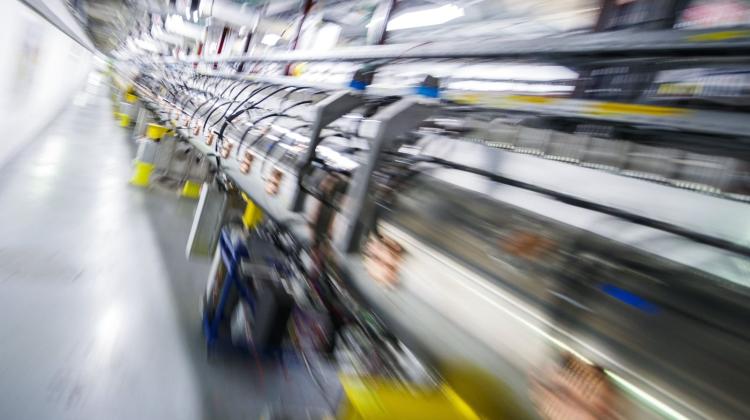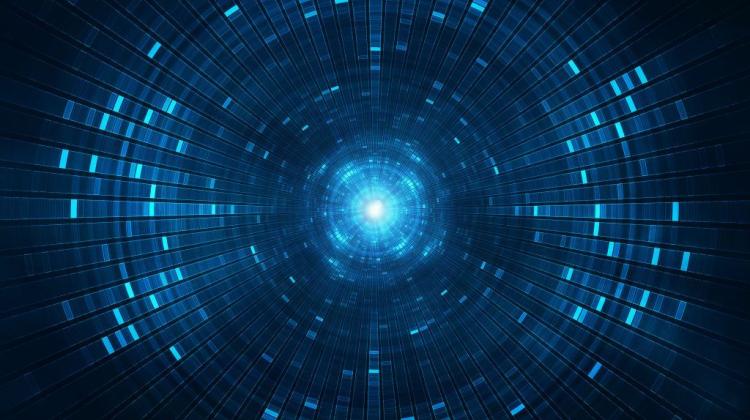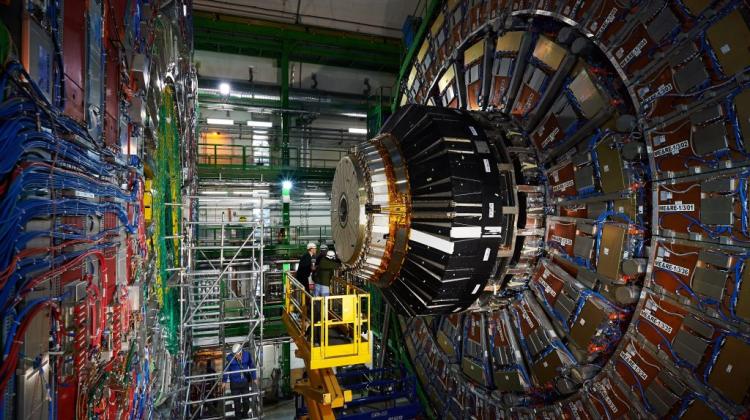Pyrrhic victory in the study of mesons: the Standard Model is still extremely accurate

Researchers studying the meson decay in the LHCb experiment at CERN had hoped to find a crack in the current theory of the structure of matter - the Standard Model. Meanwhile - as if out of spite - the theory has again turned out to be surprisingly consistent with the experiment.
The Standard Model is a set of theoretical tools constructed in the 1970s to describe the phenomena occurring in the world of elementary particles. However, like any physical theory, it is just a simplified representation of reality and consequently has a specific scope of applicability.
Many scientists working on the LHCb experiment at CERN had hoped that the just achieved, exceptional accuracy in the measurement of the rare decay of the Bs0 meson would finally allow to determine the limits of the Standard Model and reveal the first phenomena unknown to modern physics. Meanwhile, the spectacular result of the latest analysis has only served to extend the range of applicability of the Model. The research is summarized in a release of the Institute of Nuclear Physics PAS (IFJ PAN) in Kraków.
Mesons are unstable particles formed, for example, as a result of proton collisions in the Large Hadron Collider (LHC) at CERN near Geneva. Physicists are convinced that in some very rare decays of these particles processes may potentially occur that could lead science onto the trail of new physics, with the participation of previously unknown elementary particles. Scientists participating in the LHCb experiment at the Large Hadron Collider have long been looking into one of these decays: the decay of the Bs0 meson into a muon and an anti-muon. The latest analysis, carried out for a much greater number of events than ever before, has achieved an exceptional accuracy for this kind of observation. The results show excellent consistency with the predictions of the Standard Model.
"This result is a spectacular victory, only that it\'s slightly... pyrrhic. It is in fact one of the few cases where such great consistency of experimentation with theory, instead of being an occasion for rejoicing, slowly starts to lead to worry. Together with the improved accuracy of measurement of the decays of Bs0 mesons, we expected to see new phenomena, beyond the Standard Model, which we know with all certainly is not the ultimate theory. But instead of enjoying the discovery of the harbinger of a scientific revolution, we have only shown that the model is more accurate than we originally thought" - said Prof. Mariusz Witek from the Institute of Nuclear Physics of the Polish Academy of Sciences (IFJ PAN) in Kraków.
The decay of the Bs0 meson into a muon and an anti-muon endowed with positive electric charge occurs extremely rarely. In the analysed period of operation of the LHCb detector there were hundreds of trillions of proton collisions, and during each of them whole cascades of further disintegrating secondary particles were recorded. With such a large number of events in a multi-stage selection process it was only possible to pick out a few cases of this decay (one of them can be viewed at this address).
In the latest analysis, the LHCb experiment team took into account not only the first but also the second phase of operation of the LHC. The larger statistics helped achieve exceptional accuracy of the measurement of the decay of the beauty meson into a muon and anti-muon, of up to 7.8 standard deviations (commonly denoted by the Greek letter sigma). In practice, this means that the probability of registering a similar result as a result of a random fluctuation is less than one to over 323 trillion.
"The spectacular measurement of the decay of the beauty meson into a muon-anti-muon pair is consistent with the predictions of the Standard Model with an accuracy of up to up to nine decimal places!" - emphasised Prof. Witek.
The Standard Model has emerged victorious from yet another confrontation with reality. Nevertheless, physicists are confident that this is not a perfect theory. This belief stems from a number of facts. The Model does not take into account the existence of gravity, it does not explain the dominance of matter over antimatter in the contemporary universe, it offers no explanation of the nature of dark matter, it gives no answers to the question of why fermions are composed of three groups called families. In addition, for the Standard Model to work, over 20 empirically chosen constants have to be entered into it, including the mass of each particle.
"The latest analysis significantly narrows down the values of the parameters that should be assumed by certain currently proposed extensions of the Standard Model, for example supersymmetric theories. They assume that each existing type of elementary particle has its own more massive counterpart - its superpartner. Now, as a result of the discussed measurement, theorists dealing with supersymmetry have less and less possibility of adapting their theory to reality. Instead of coming closer, the new physics is receding again" - concluded Prof. Witek.
But physicists do not intend to give up their studies of the decay of the Bs0 meson into the muon and anti-muon pair. There is still a possibility that new physics actually works here, only its effects are smaller than expected and continue to get lost in measurement errors.
PAP - Science and Scholarship in Poland
lt/ zan/ kap/
tr. RL
Przed dodaniem komentarza prosimy o zapoznanie z Regulaminem forum serwisu Nauka w Polsce.


















